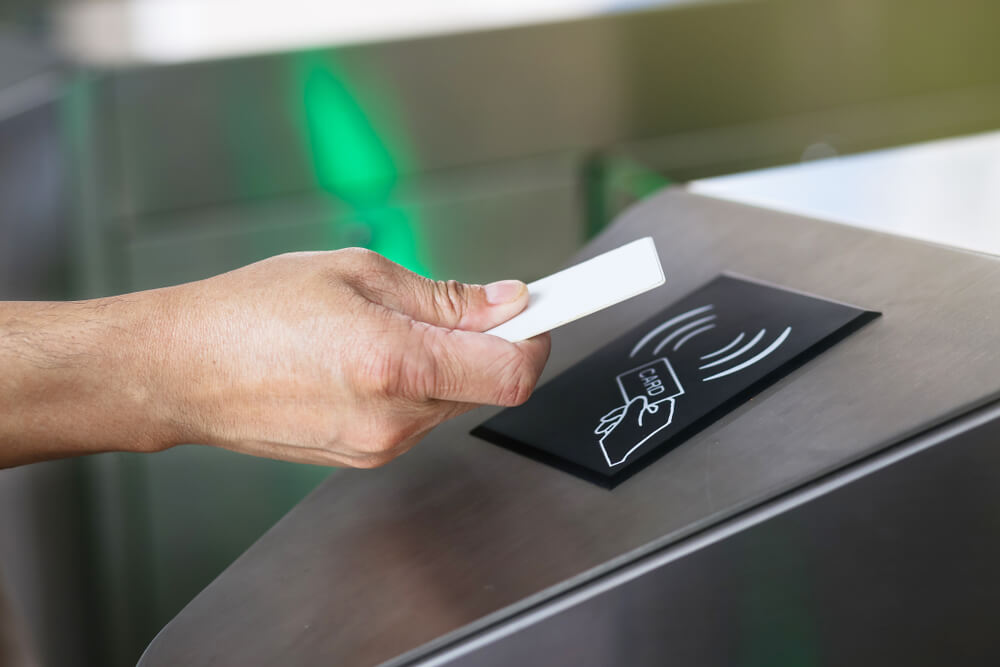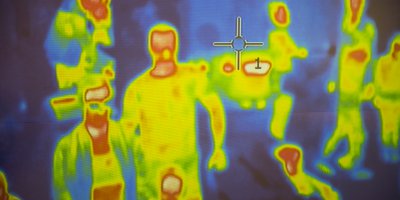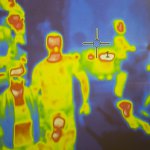
A smooth and safe return to the office. Source: Shutterstock
How your business wifi can help the safe return to work
- Business leaders will soon face the challenge of getting their workers back into the office safely and smoothly
- They will need to be able to track the presence and whereabout of their employees
- Network monitoring can be a solution, without the need for expensive technology and hardware
By and large, businesses adapted quickly and deftly to the sudden demands of remote working.
While cybersecurity issues have come further into the fore, owed to the use of private, poorly-protected devices and networks, the cloud-based communication and productivity solutions at our disposal today meant many businesses could transition relatively seamlessly into a new way of working.
This quick adaptability has sparked many to consider remote working’s staying power. It can save costs on office space, provide access to a national – if not global – talent pool, and with fewer cars and buses hauling commuters into urban centers, there’s some clear environmental benefits too.
What’s more likely is that they’ll be a wider move towards flexible working arrangements in due course. In the meantime, most enterprises will be thinking about how they will tackle the logistical and operational challenge of bringing staff back into the office safely, productively, and in line with public health guidance, wherever they may be.
Those considerations will likely include scheduling groups of employees to work on-premises while others work remotely; mandatory spacing between employees’ work stations; antibacterial gel dispensers by entries and exits; and even one-way systems around premises. Other more high tech solutions touted include thermal cameras that can detect symptoms like a fever, contactless entry systems and sensors, and even enterprise-ready contact tracing apps.
How your existing tech can help
Indeed, technology played a big part in allowing us to work effectively outside the office, and it will also play a role in getting us back in. But it won’t just be new tech solutions that helps us do so.
Businesses will need to take responsibility for monitoring processes put in place that strike the balance of safety and personal privacy, and that don’t greatly impose on the employees’ working habits. But organizations of all sizes already have the systems to do this in place, within their IT and communications networks. Network monitoring tools may already be in operation, and simply require IT teams to configure settings and generate reporting processes.
As such, the IT function of a business can adopt a leading role in ensuring the safe return of employees. IT leaders will need to work across departments – side-by-side with HR, operations and risk management – to ensure business operations continue and new workplace safety challenges are being tackled effectively with the new processes that are put in place.
That will include effective employee scheduling of workers in the office and those working from home to limit the risk of exposure, active monitoring to know where employees are throughout the day, the ability to contact trace if and when an employee tests positive, and controlled access to premises as well as equipment, systems and applications.
Network monitoring can be used to automate these processes, which could soon become complex and tedious to continuously apply and track effectively.
Leveraging existing wifi for monitoring
For some companies, the most obvious approach will be to manage these processes via access devices, such as keycards, but for those where this technology isn’t in place, this data can be gathered with on-premise device monitoring, which can tell businesses who is present and when, and provide data for contact tracing if required. IT teams can also use network monitoring to determine when staff are in the office, by when they are logging in and out.

Some companies may rely on keycard systems for staff monitoring. Source: Shutterstock
To make contact tracing efforts more effective if they become necessary, IT teams can reconfigure wifi networks, segregating them to certain areas of the premises, which provides visibility of movement within specific areas. Employees can then be traced back to certain areas of the building.
In time, when businesses get back into the flow of normal business, guest wifi logins may be able to help track the presence of non-employees, such as cleaners, clients, or contractors, and allow IT teams to monitor their location throughout the building and their time spent where.
While these network monitoring solutions may take some time to set up, they could help circumvent the need for more clunky, manual procedures, meaning businesses can return to a sense of normality, and be able to pull the reports they need up, when required.
READ MORE
- Ethical AI: The renewed importance of safeguarding data and customer privacy in Generative AI applications
- How Japan balances AI-driven opportunities with cybersecurity needs
- Deploying SASE: Benchmarking your approach
- Insurance everywhere all at once: the digital transformation of the APAC insurance industry
- Google parent Alphabet eyes HubSpot: A potential acquisition shaping the future of CRM


